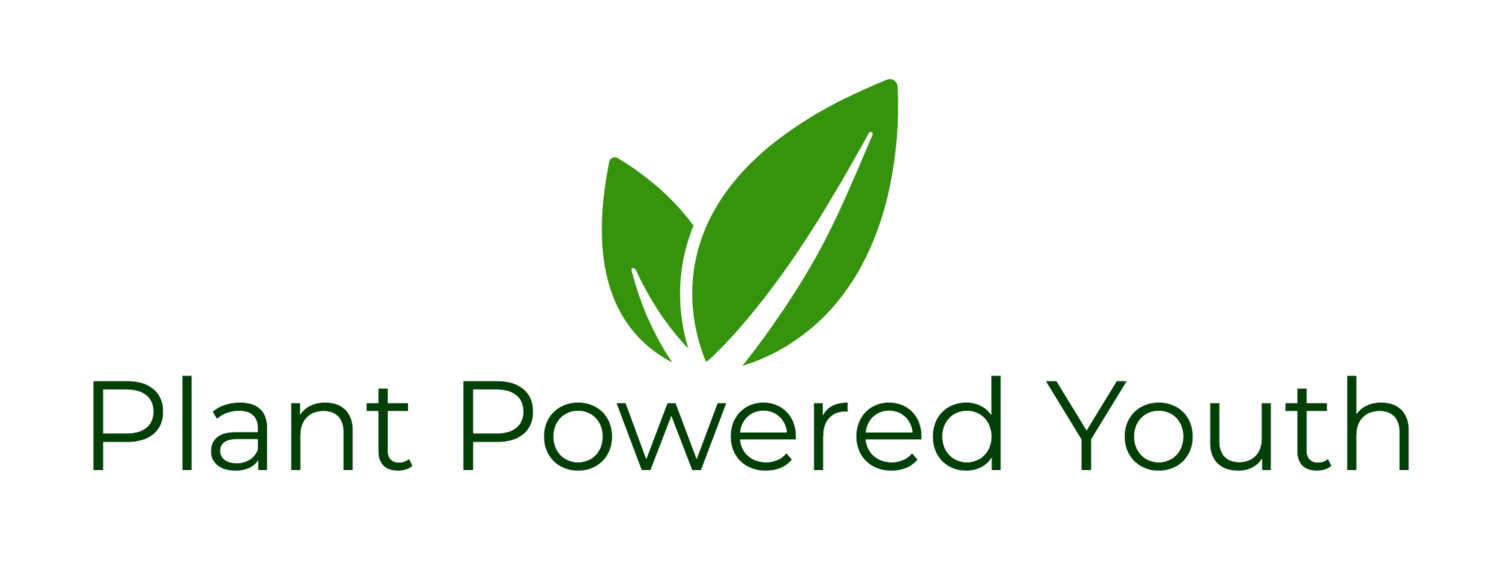Great Sources of Plant Proteins
/Vegetarians and vegans get 70% more protein than the average daily requirement of 42 grams of protein per day. [1] The data below show that on average, people of all diets meet the daily protein requirement amount. Now we can look at sources of protein rather than the amount of protein.
Protein can come from both plant sources and animal sources. Although protein can be found by eating animal products, it comes with a hefty price tag that includes fat, cholesterol, and a higher risk of death. High meat-protein intakes are associated with increased dietary acid loads and increased ammonia production, which lead to a greater risk for injury within the kidneys. Kidney performance decreases with animal protein-rich diets but protein from plants can actually improve kidney performance. [3]
Animal protein also plays a role in cancer risk. Insulin-like growth factor 1 or IGF-1 promotes cancer and is released excessively when animal protein is consumed. Finally, research shows that high amounts of animal protein increase the risk of premature mortality from all causes by 75%, from cancer by 400%, and from type 2 diabetes by 500%. [4] Accordingly, plant proteins are healthier than animal proteins.
Someone eating a diet of whole grains, legumes, fruits and vegetables, nuts and seeds, and roots will easily meet the average daily requirement for protein consumption. Even professional champion athletes like those competing in Ironman races, mixed martial arts, track and field, and even weightlifting are able to get enough protein from such a diet. Patrik Baboumian, a strongman from Germany, puts it best, “Don't listen to those self proclaimed nutrition gurus and the supplement industry trying to tell you that you need meat, eggs, and dairy to get enough protein. There are plenty of plant-based protein sources and your body is going to thank you for stopping feeding it with dead-food.”
The World Health Organization (WHO) recommends that people obtain about 5% of their calories from protein. The table below shows the percent of calories of proteins from each selected food. [5]
Personally, I get a lot of my protein from rice, beans, lentils, fruits, and vegetables. On most days I eat a traditional Indian meal that consists of rice and dal. I also eat vegetable dishes which contain many of the ingredients from the table above. Some dishes are made with potatoes or various beans which are very high in protein.
Sources:
[1] https://youtu.be/2m4p8s7xskQ
[2] https://www.ncbi.nlm.nih.gov/pmc/articles/PMC4081456/

![Dietary mean protein intakes by dietary pattern in the Adventist Health Study 2 (AHS-2). Adjustments were made for age, sex and race. [2]](https://images.squarespace-cdn.com/content/v1/5a15e595f09ca4cdefcbbcaa/1546277738686-AYTJQHB682Q1OHZGIJQ5/Protein_Intake)